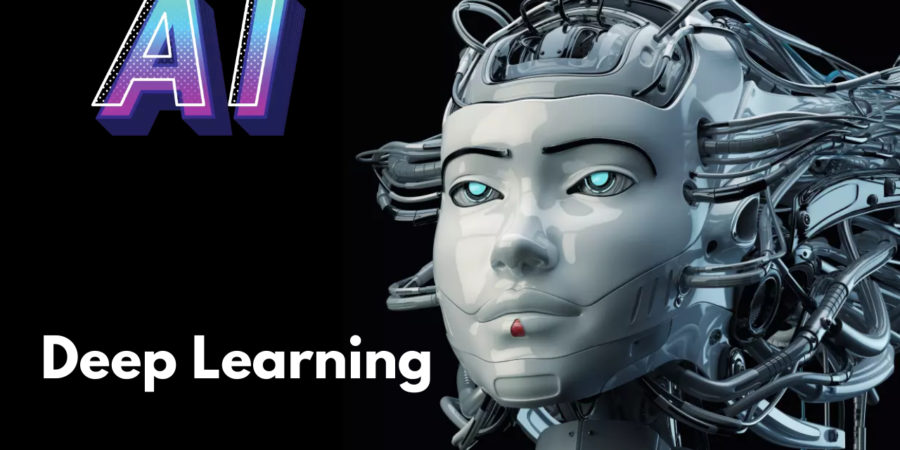Deep Learning is a subset of Machine Learning that uses neural networks to learn and make decisions from complex data. Deep Learning has revolutionized the field of Artificial Intelligence and has enabled machines to perform tasks that were previously thought to be impossible.
Deep Learning models are based on neural networks, which are composed of layers of interconnected nodes that are designed to simulate the function of neurons in the human brain. The input data is passed through the neural network, where it is transformed and processed by each layer of nodes. The output of the neural network is the prediction or decision made by the model.
Deep Learning has several advantages over traditional Machine Learning approaches. One of the primary advantages is the ability to learn from unstructured data, such as images, videos, and audio. Deep Learning models are able to identify patterns and features in the data that are too complex or subtle for humans to perceive. This has led to significant advancements in areas such as computer vision, speech recognition, and natural language processing.
Another advantage of Deep Learning is the ability to learn and improve over time. Deep Learning models are trained on large amounts of data, and as they learn, they become better at making predictions and decisions. This has made it possible to develop models that can perform complex tasks such as playing games, driving cars, and diagnosing diseases.
One of the key applications of Deep Learning is computer vision. Deep Learning models are able to identify and classify objects in images and videos with a high degree of accuracy. This has led to numerous practical applications, such as self-driving cars, facial recognition, and medical imaging. Deep Learning is also being used in natural language processing, where it is able to understand and generate human language. This has led to significant advancements in areas such as machine translation, chatbots, and voice assistants.
Deep Learning is not without its limitations and challenges. One of the key challenges is the need for large amounts of data and computational power. Deep Learning models require vast amounts of data to be trained, which can be a significant barrier for smaller organizations or those with limited resources. Another challenge is the interpretability of Deep Learning models, which can make it difficult to understand how the model arrived at its decision.
Despite these challenges, Deep Learning has already had a significant impact on numerous industries and has the potential to transform many more. The rapid advancements in Deep Learning technology, including the development of new neural network architectures such as convolutional neural networks and recurrent neural networks, are enabling machines to learn and make decisions at a level that was previously thought impossible.
In conclusion, Deep Learning is a rapidly growing field that has the potential to revolutionize numerous industries and change the way we live and work. Deep Learning models are able to learn and make decisions from complex data, which has led to significant advancements in areas such as computer vision, speech recognition, and natural language processing. While there are still challenges and limitations to be addressed, the rapid advancements in Deep Learning technology are creating new opportunities and transforming industries in ways that were previously thought impossible.


